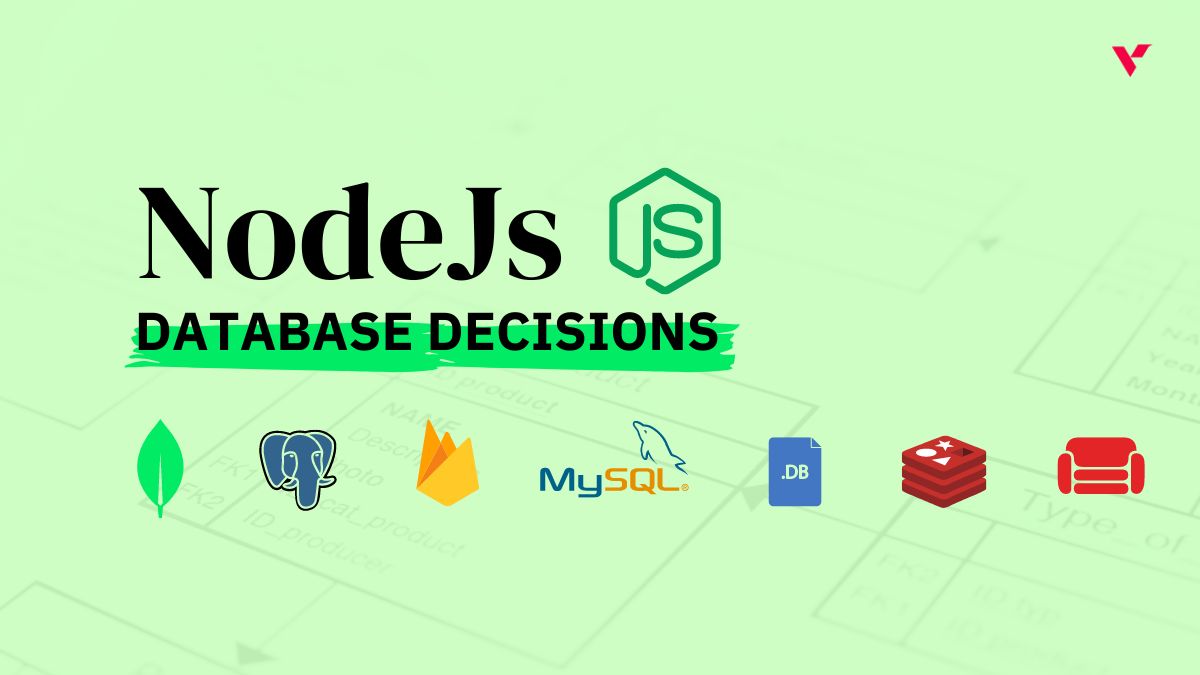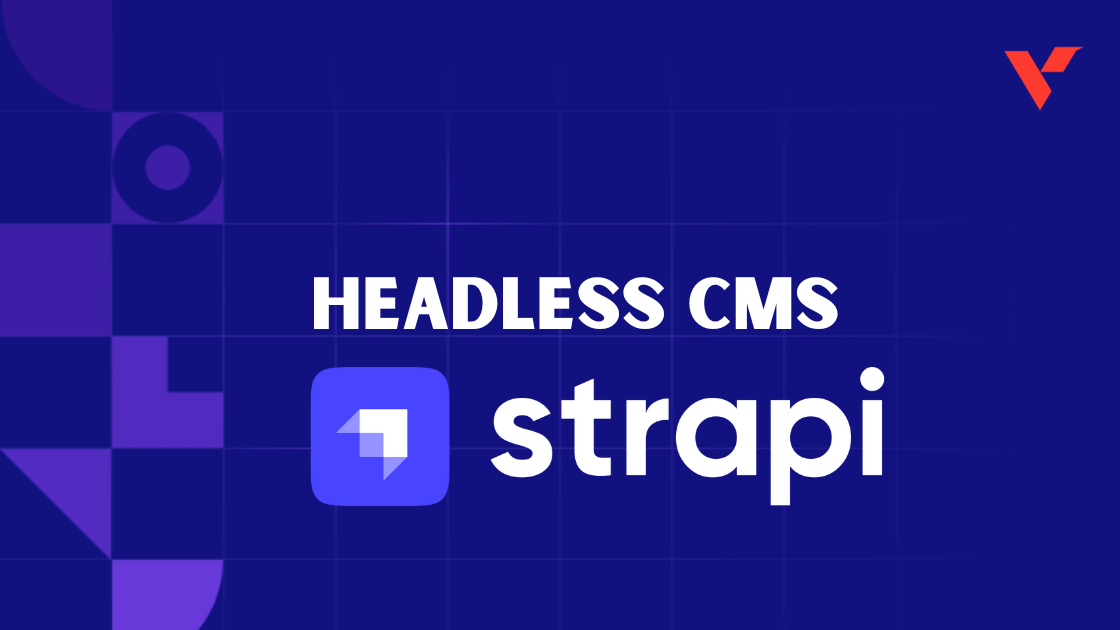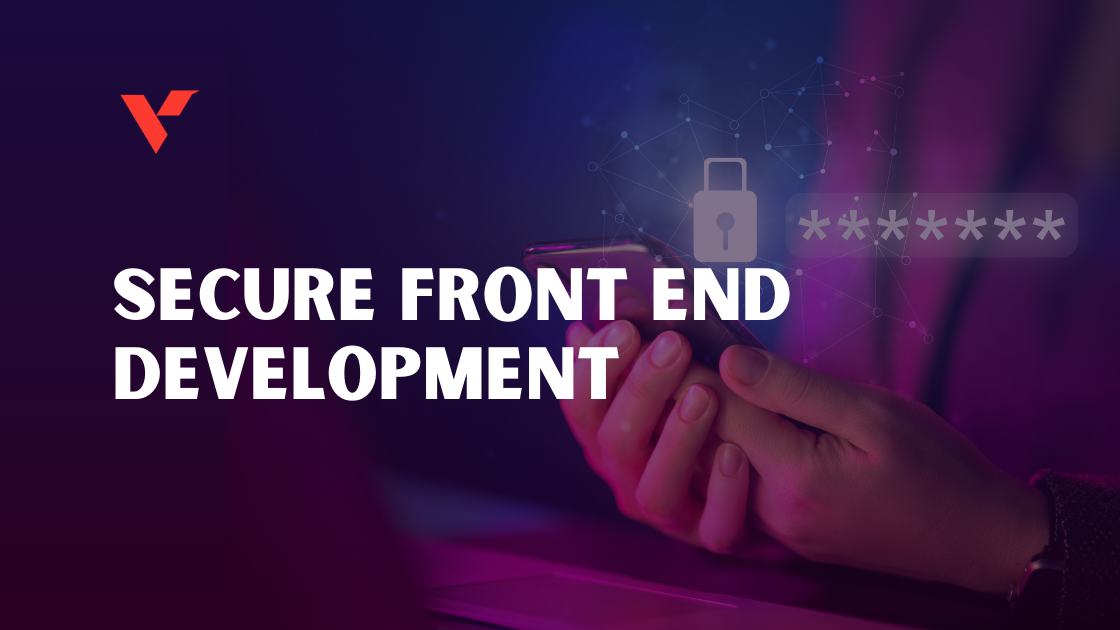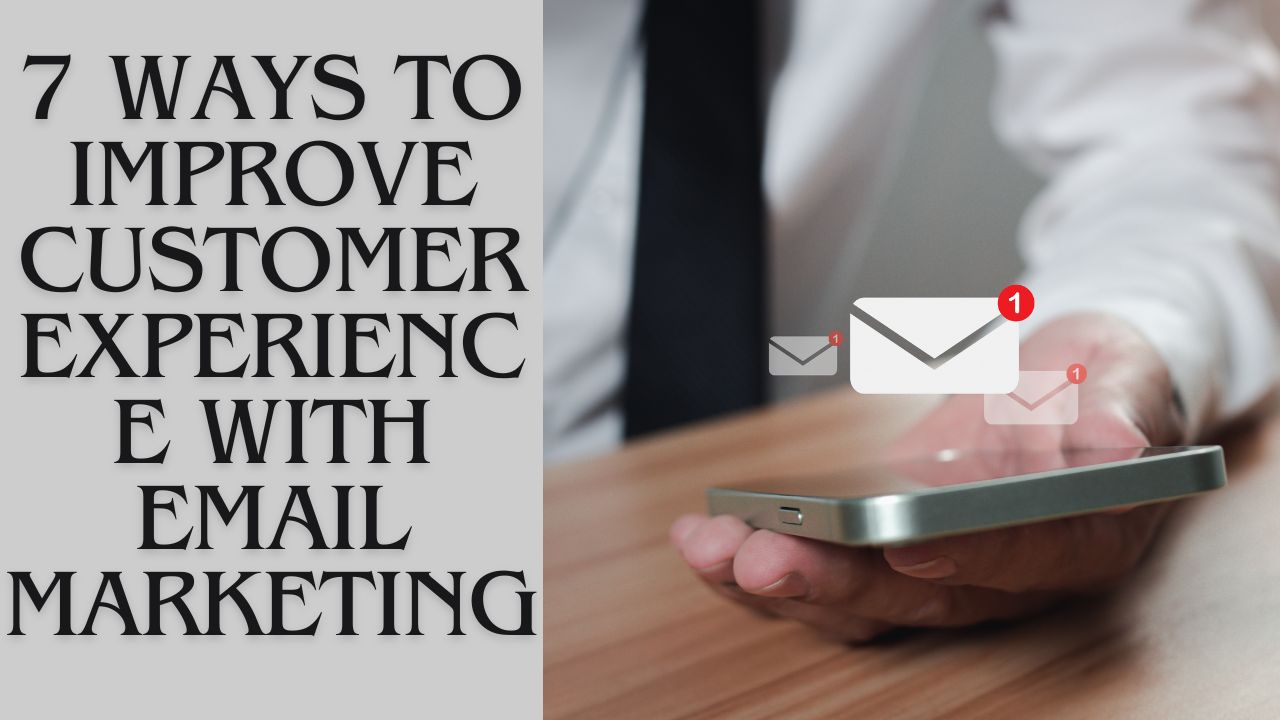Popular Tools by VOCSO
Welcome to the world of social media management pricing! As businesses continue to recognize the importance of having a strong presence on social media, the demand for social media management services has increased. However, determining the cost of social media management can be confusing, as it varies depending on several factors.
In this article, we’ll break down the costs of social media management in 2023 and provide you with insights into what to expect when seeking these services. We’ll cover the various components that make up the pricing structure, including the cost of strategy development, content creation, community management, advertising, and reporting.
A few interesting quotes about social media
“Social media is not just a spoke on the wheel of marketing. It’s becoming the way entire bicycles are built.” – Ryan Lilly
“Social media is about sociology and psychology more than technology.” – Brian Solis
“Social media is the ultimate equalizer. It gives a voice and a platform to anyone willing to engage.” – Amy Jo Martin
Table of Contents
Social Media Management vs. Social Media Marketing or Advertising
Social media management and social media marketing/advertising are related but distinct aspects of a comprehensive social media strategy.
Social media management involves the day-to-day management of a brand’s social media accounts. This includes creating and scheduling content, engaging with followers, monitoring comments and messages, and tracking metrics to measure the success of campaigns. Social media management focuses on building a strong and engaging presence on social media platforms, improving brand visibility, and strengthening relationships with followers.
On the other hand, social media marketing/advertising involves promoting a brand’s products or services through paid social media campaigns. This includes targeting specific audiences, creating and running ad campaigns, and analyzing metrics to measure their success. Social media marketing/advertising aims to drive traffic, generate leads, and increase sales through social media platforms.
While social media management and social media marketing/advertising have different goals, they are complementary and work together to achieve a comprehensive social media strategy. A well-managed social media presence can provide a strong foundation for successful social media marketing/advertising campaigns, and effective social media marketing/advertising can help to grow and strengthen a brand’s social media presence.
Social media management and advertising objectives
Social media has become an integral part of our daily lives. As businesses and brands continue to evolve their digital marketing strategies, social media management and advertising have become essential aspects of their efforts. With over 4.2 billion active social media users, social media platforms provide a vast audience for businesses to engage with and advertise to.
To get the most out of social media, it’s essential to understand the different objectives you can set for your social media management and advertising efforts. Each objective has its own specific focus, and understanding them can help you craft an effective social media strategy that aligns with your business goals.
A. Awareness:
One of the primary objectives of social media management and advertising is to increase brand awareness. This objective is focused on getting your brand in front of as many people as possible. By doing so, you’re creating a wider audience reach that can potentially turn into loyal customers.
There are many ways to increase brand awareness on social media, including organic and paid methods. Organic methods include posting engaging content, collaborating with influencers, and encouraging followers to share your content. Paid methods include promoting your posts or running ads. Metrics to measure the success of this objective include the number of impressions, reach, and social media mentions.
B. Traffic:
Another objective of social media management and advertising is to drive traffic to a specific website or landing page. This objective is focused on getting people to take action and visit a specific page.
To achieve this objective, you can use various tactics such as including a call-to-action (CTA) in your posts, posting links to your website, or running ads that lead to your website or landing page. Metrics to measure the success of this objective include clicks, click-through rate (CTR), and bounce rate.
C. Engagement:
Engaging with your audience is critical for building a loyal customer base. This objective is focused on encouraging audience engagement with your brand or content. By doing so, you can build a community of followers who are more likely to convert into paying customers.
To achieve this objective, you can post engaging content, ask questions, respond to comments, and run contests. Metrics to measure success include likes, comments, shares, and mentions.
D. Leads:
One of the primary objectives of social media advertising is to generate leads for your business. This objective is focused on collecting contact information from potential customers that you can use to follow up with later.
To achieve this objective, you can run lead generation ads that encourage users to fill out a form or download a lead magnet. Metrics to measure success include form fills, downloads, and the cost per lead.
E. App Promotion:
If your business has an app, social media can be a powerful tool for promoting it. This objective is focused on increasing app downloads and engagement.
To achieve this objective, you can run an app install ads or promote your app in your organic posts. Metrics to measure success include the number of app installs and engagement metrics such as daily active users (DAUs) and monthly active users (MAUs).
F. Sales:
Ultimately, the goal of social media advertising is to drive sales for your business. This objective is focused on getting users to convert into paying customers.
To achieve this objective, you can run conversion ads that encourage users to take a specific action, such as making a purchase or signing up for a free trial. Metrics to measure success include conversion rate, cost per acquisition (CPA), and return on ad spend (ROAS).
Social media management pricing: How much do social media management services cost?
The cost of social media management services can vary widely depending on several factors such as the level of service, the size and complexity of the client’s business, the number of social media platforms managed, and the experience and expertise of the social media manager.
In general, social media management services can cost anywhere from a few hundred dollars per month to several thousand dollars per month. Some social media managers charge a flat monthly fee, while others charge an hourly rate or a project-based fee.
Here are some general price ranges for social media management services:
- Small businesses: $500 to $2,500 per month
- Medium-sized businesses: $2,500 to $7,500 per month
- Large businesses: $7,500 to $20,000 per month or more
Keep in mind that these are general estimates and prices can vary depending on the specific needs and goals of each client. Additionally, some social media management services may require an upfront fee for setup and strategy development, while others may charge extra for additional services such as social media advertising or content creation.
How much does it cost to advertise on different social networks?
1. Social media pricing: Facebook
A. Facebook Management (Organic)
The cost of managing a Facebook page organically can vary depending on the size of the page, the frequency of posts, and the complexity of the content strategy. Typically, social media management agencies charge anywhere from $500 to $2,500 per month for managing a Facebook page, with the average cost being around $1,000 per month.
B. Facebook ads
Facebook offers a variety of advertising options with different pricing models, including cost-per-click (CPC), cost-per-impression (CPM), and cost-per-action (CPA). The cost of Facebook ads can also vary depending on the targeting options, audience size, ad placement, and ad format.
According to data from Hootsuite, the average cost per click (CPC) for Facebook ads is $0.97, while the average cost per 1000 impressions (CPM) is $7.19. However, these costs can vary widely based on the industry, location, and targeting options.
It’s important to note that Facebook also offers a minimum ad spend requirement for each campaign, which varies depending on the targeting options and ad format. The minimum ad spends for a Facebook campaign can range from $1 to $100 per day.
Overall, the cost of advertising on Facebook can vary widely depending on a variety of factors, but businesses can expect to spend anywhere from a few hundred to several thousand dollars per month on Facebook ads.
2. Social media pricing: Instagram
A. Instagram Management (Organic):
The cost of managing an Instagram account organically can vary depending on the size of the account, the frequency of posts, and the complexity of the content strategy. Typically, social media management agencies charge anywhere from $500 to $2,500 per month for managing an Instagram account, with the average cost being around $1,000 per month.
B. Instagram ads:
Instagram offers a variety of advertising options with different pricing models, including cost-per-click (CPC), cost-per-impression (CPM), and cost-per-action (CPA). The cost of Instagram ads can also vary depending on the targeting options, audience size, ad placement, and ad format.
According to data from Hootsuite, the average cost per click (CPC) for Instagram ads is $0.50, while the average cost per 1000 impressions (CPM) is $5.21. However, these costs can vary widely based on the industry, location, and targeting options.
It’s important to note that Instagram also offers a minimum ad spend requirement for each campaign, which varies depending on the targeting options and ad format. The minimum ad spends for an Instagram campaign can range from $1 to $100 per day.
Overall, the cost of advertising on Instagram can vary widely depending on a variety of factors, but businesses can expect to spend anywhere from a few hundred to several thousand dollars per month on Instagram ads.
3. Social media pricing: LinkedIn
A. LinkedIn Management (Organic):
The cost of managing a LinkedIn page organically can vary depending on the size of the page, the frequency of posts, and the complexity of the content strategy. Typically, social media management agencies charge anywhere from $1,000 to $5,000 per month for managing a LinkedIn page, with the average cost being around $2,500 per month.
B. LinkedIn ads:
LinkedIn offers a variety of advertising options with different pricing models, including cost-per-click (CPC), cost-per-impression (CPM), and cost-per-send (CPS). The cost of LinkedIn ads can also vary depending on the targeting options, audience size, ad placement, and ad format.
According to data from Hootsuite, the average cost per click (CPC) for LinkedIn ads is $5.26, while the average cost per 1000 impressions (CPM) is $6.59. However, these costs can vary widely based on the industry, location, and targeting options.
It’s important to note that LinkedIn also offers a minimum ad spend requirement for each campaign, which varies depending on the targeting options and ad format. The minimum ad spends for a LinkedIn campaign can range from $10 to $50 per day.
Overall, the cost of advertising on LinkedIn can be higher than other social media platforms, but it can be effective for B2B marketing and reaching a professional audience. Businesses can expect to spend anywhere from a few hundred to several thousand dollars per month on LinkedIn ads.
4. Social Media Pricing: Pinterest
A. Pinterest Management (Organic):
The cost of managing a Pinterest account organically can vary depending on the size of the account, the frequency of posts, and the complexity of the content strategy. Typically, social media management agencies charge anywhere from $500 to $2,000 per month for managing a Pinterest account, with the average cost being around $1,000 per month.
B. Pinterest ads:
Pinterest offers a variety of advertising options with different pricing models, including cost-per-click (CPC) and cost-per-impression (CPM). The cost of Pinterest ads can also vary depending on the targeting options, audience size, ad placement, and ad format.
According to data from Hootsuite, the average cost per click (CPC) for Pinterest ads is $0.56, while the average cost per 1000 impressions (CPM) is $9.20. However, these costs can vary widely based on the industry, location, and targeting options.
It’s important to note that Pinterest also offers a minimum ad spend requirement for each campaign, which varies depending on the targeting options and ad format. The minimum ad spends for a Pinterest campaign can range from $5 to $20 per day.
Overall, the cost of advertising on Pinterest can be lower than other social media platforms, but it can be effective for reaching a primarily female audience and promoting visually appealing products. Businesses can expect to spend anywhere from a few hundred to several thousand dollars per month on Pinterest ads.
Factors that affect social media management prices
A. Social media platform selection and integration costs:
The first factor that affects social media management prices is the selection of social media platforms to manage. Each social media platform has different features, audiences, and target markets. Therefore, a social media manager needs to evaluate the business requirements and goals before selecting the right social media platform. The more platforms a company wishes to manage, the higher the costs for social media management.
Furthermore, social media integration can be costly. Integrating social media platforms with a company’s website or other marketing platforms requires technical expertise and can take considerable time. This process also includes setting up various analytics tools, implementing social media automation software, and optimizing the account for each social media platform. Therefore, the complexity and technical requirements for social media integration can impact the social media management price.
B. Scope of social media services offered:
Another factor that affects social media management prices is the scope of social media services offered. Social media management services can range from basic to advanced depending on the business requirements. Basic services may include creating social media accounts, content curation, and scheduling social media posts. Whereas, advanced services may include social media advertising, social media campaigns, and social media analytics.
Therefore, the more services a business requires, the higher the social media management price. Moreover, the frequency of social media management services can also impact the price. For example, if a business requires daily social media posting and monitoring, it will cost more than weekly social media posting and monitoring.
C. Competitor analysis and market research fees:
Social media management includes competitor analysis and market research to help businesses understand their target audience and improve their social media performance. Competitor analysis involves studying competitors’ social media presence, their followers, engagement rates, and content strategies. Market research includes identifying the target audience, their interests, and preferences.
Both competitor analysis and market research require time and resources, which can increase the social media management price. However, these services are essential to creating an effective social media strategy that aligns with the business goals and increases engagement.
D. Social media management and social media advertising have different costs:
Social media advertising and social media management are different services that require different levels of expertise and resources. Social media advertising involves paid campaigns on social media platforms to reach a wider audience and increase conversions. It includes setting up ad campaigns, creating ad content, targeting the right audience, and monitoring ad performance.
On the other hand, social media management includes managing social media accounts, creating content, scheduling posts, monitoring engagement and responding to comments. Social media management focuses on building a strong social media presence, increasing brand awareness, and engaging with the audience.
Therefore, social media advertising costs more than social media management as it involves paid campaigns and requires more expertise and resources.
Social media management trends for 2023
A. The rise of social commerce and its impact on pricing:
Social media platforms have been steadily integrating e-commerce features for the past few years, and this trend is expected to continue in 2023. Social commerce allows businesses to sell products directly to consumers through social media channels, making it easier for consumers to purchase products without leaving the app. As social commerce becomes more popular, it will also have an impact on pricing. Businesses will need to consider pricing strategies that take into account the commission fees charged by social media platforms for each sale, as well as the cost of advertising and promoting products on these platforms.
B. Artificial intelligence and automation in social media management:
Artificial intelligence and automation have already had a significant impact on social media management, but this trend is expected to accelerate in 2023. AI-powered tools can help businesses automate tasks such as content creation, scheduling, and analysis, freeing up time for social media managers to focus on more strategic tasks. Additionally, AI can help businesses identify patterns in customer behavior and preferences, allowing them to better tailor their social media strategies to their audience.
C. The growing importance of social media analytics for ROI measurement:
With the increasing emphasis on social media as a marketing channel, it has become essential for businesses to measure their ROI on social media efforts. In 2023, social media analytics will continue to play a critical role in ROI measurement. Social media analytics tools can provide businesses with insights into metrics such as engagement, reach, and conversion rates, allowing them to determine which social media strategies are most effective. As businesses become more data-driven in their social media efforts, analytics will become an even more important tool for measuring ROI.
Affordable social media management options for small businesses
Social media has become a critical part of any small business’s marketing strategy. However, not every small business has the budget to hire a full-time social media manager or work with an agency. Luckily, there are several affordable options available for small businesses to manage their social media presence.
A. DIY social media management tools and resources
There are several social media management tools and resources available that small businesses can use to manage their social media presence. These tools can help schedule posts, analyze performance, and even create graphics.
Some popular DIY social media management tools include:
Hootsuite: Hootsuite is a social media management tool that has been around for many years and has helped businesses and individuals succeed on social media. Hootsuite allows you to manage multiple social media accounts from one platform. This means that you can easily post to multiple accounts, track engagement, and respond to comments and messages all from one place. Hootsuite’s scheduling feature allows you to schedule posts in advance, which saves time and effort. This means that you can plan your social media content in advance and focus on other important tasks.
Hootsuite provides basic analytics and reporting features that allow businesses to track their performance on social media. This information can be used to make informed decisions about content and engagement strategies. Hootsuite’s customizable dashboard allows you to create a layout that works for you. You can choose which social media accounts to display, which analytics to track, and which tasks to prioritize. Hootsuite allows team members to collaborate on social media content. You can assign tasks, share content, and track progress all from one platform.
Buffer: Buffer is an excellent choice for social media management due to its various features and benefits. One of the most significant advantages of Buffer is its scheduling feature, which allows you to plan your social media posts in advance. This feature saves time and effort, as you can schedule posts for multiple social media accounts at once and choose the exact date and time you want them to be published.
Buffer also offers robust analytics, allowing you to track the performance of your social media posts. With this information, you can identify which posts are working well and which ones need improvement. Buffer’s collaborative capabilities are another standout feature, making it easy to work with your team on social media management. You can add team members to your Buffer account and give them specific roles and permissions to work together seamlessly.
In addition, Buffer offers a variety of content creation tools that can help you create engaging social media content. For example, Buffer provides image editing and video creation tools that you can use to make your content more visually appealing. Moreover, Buffer integrates with many other tools and platforms, such as Google Analytics, Zapier, and Canva, which makes it easier to manage all aspects of your social media presence in one place.
Canva: Canva is a graphic design platform that offers a wide range of tools and features to help creators create professional-quality designs with ease. Its user-friendly interface makes it easy for creators to navigate the platform and create designs without needing any design experience.
Canva’s library of templates provides creators with inspiration and design ideas, making it easy for them to get started quickly. Creators can customize their designs by changing fonts, colors, and images to match their brand or personal preferences, ensuring that they can create unique and personalized designs.
Canva’s collaboration features are especially useful for teams working remotely or for creators collaborating with others on a project. Multiple users can work on the same design project simultaneously. Moreover, Canva is accessible to anyone with an internet connection and offers a free plan that provides users with access to a wide range of design tools and templates. For more advanced design capabilities, Canva offers a premium plan with more features and options.
Canva is helping creators by providing a user-friendly and accessible platform for designing professional-quality graphics, with features such as templates, customization options, collaboration, and more. With Canva, creators can easily create designs that look great and help them achieve their goals, whether it’s to promote their business or personal brand, or simply to express their creativity.
Google Analytics: Google Analytics is an essential tool for SEOs and digital marketers as it provides valuable insights into website traffic and user behavior. It allows them to make data-driven decisions about their strategies, track progress toward their goals, and identify areas for improvement.
Google Analytics provides customizable reports, including KPIs, conversion rates, and other metrics. These reports help SEOs and digital marketers monitor their performance and identify trends and opportunities. Additionally, Google Analytics allows users to segment website traffic based on various factors, such as location, device, and behavior, providing valuable insights into the audience.
Integration with other Google tools, such as AdWords and Search Console, makes it easy for SEOs and digital marketers to analyze the impact of their paid and organic search campaigns on website traffic and user behavior.
Google Analytics also provides real-time data, allowing SEOs and digital marketers to monitor website traffic and user behavior as it happens. This feature is especially useful for monitoring the impact of social media campaigns and other real-time marketing efforts.
By using Google Analytics, SEOs, and digital marketers can make informed decisions about their strategies, improve website performance, and achieve their business goals. The tool’s customizable reports, audience segmentation, integration with other tools, and real-time data make it an indispensable tool for anyone looking to optimize their digital marketing efforts. Let’s try this one of the best digital marketing tools.
By using these tools, small businesses can manage their social media presence on their own without hiring a social media manager or agency.
B. Hiring a freelance social media manager vs. an agency
If a small business doesn’t have the time or resources to manage its social media presence itself, it can consider hiring a freelance social media manager or an agency. Both options have their pros and cons.
Hiring a freelance social media manager can be more affordable and provide more personalized attention to the business’s social media presence. Freelancers typically work with a smaller number of clients, allowing them to focus more on each client’s unique needs. However, freelancers may have limited availability or expertise in certain areas.
On the other hand, working with an agency can provide a wider range of services and expertise. Agencies have a team of professionals who can handle various aspects of social media management, such as content creation, advertising, and analytics. However, agencies can be more expensive, and the business may not receive the same level of personalized attention as it would with a freelancer.
When deciding between a freelance social media manager or an agency, small businesses should consider their budget, specific needs, and the level of attention they require.
C. Negotiate social media management rates
Whether a small business decides to work with a freelancer or an agency, they should be prepared to negotiate rates. When negotiating rates, small businesses should keep in mind the value that the social media manager or agency will bring to their business.
To negotiate rates effectively, small businesses should:
Do their research: Research the average rates for social media management services in their area to ensure they are getting a fair price.
Consider a trial period: Consider working with the social media manager or agency on a trial basis to ensure they are a good fit before committing to a long-term contract.
Be upfront about their budget: Small businesses should be upfront about their budget and what they can afford to pay. This will help the social media manager or agency tailor their services to the business’s specific needs and budget.
Negotiate based on value: Small businesses should negotiate rates based on the value that the social media manager or agency will bring to their business, not just the cost of their services.
By keeping these tips in mind, small businesses can negotiate social media management rates that work for their budget and needs.
How much should you spend on social media marketing?
The amount you should spend on social media marketing depends on a variety of factors, including your budget, your business goals, your target audience, and the specific social media platforms you plan to use. There is no one-size-fits-all answer to this question, as each business has unique needs and circumstances.
When creating a social media marketing budget, it is important to consider your overall marketing budget and allocate a percentage of it specifically for social media. Many businesses allocate around 10-20% of their marketing budget to social media.
You should also consider the cost of creating content, running ads, and hiring a social media manager or agency to help you with your social media marketing efforts. The cost of social media marketing can vary greatly depending on the size of your business and the complexity of your social media strategy.
Ultimately, the amount you spend on social media marketing should be based on your business goals and what you can realistically afford. It is important to regularly monitor your social media metrics to ensure that your investment is generating a positive return on investment (ROI).
How VOCSO can help with your social media management and advertising to drive real results
Are you struggling to get noticed on social media? It’s time to take your online presence to the next level with VOCSO, the digital marketing company trusted by businesses since 2009. Our team of experts will help you create a tailored strategy to increase your brand awareness, engage with your audience, and drive conversions.
With our cutting-edge techniques and proven results, you’ll see a significant boost in your social media following, website traffic, and sales. Say goodbye to ineffective social media posts and hello to a thriving online presence.
Don’t let your competitors steal the spotlight. Let VOCSO help you stand out on social media and achieve your business goals. Contact us today and start your journey toward social media success.
FAQs about social media pricing
How much does it cost to hire a social media agency?
The cost of hiring a social media agency can vary widely depending on factors such as the size of the agency, the scope of services provided, and the level of expertise and experience of the team. Some agencies may charge a monthly retainer fee starting from a few hundred dollars to several thousand dollars, while others may charge hourly rates or project-based fees.
What is the average cost of social media advertising?
The cost of social media advertising can vary based on the platform, the target audience, and the competition. For example, Facebook ads can cost anywhere from $0.50 to $2.00 per click, while Instagram ads may cost between $0.70 to $1.00 per click. Twitter ads can range from $0.50 to $2.00 per engagement. It’s important to note that these are estimates and costs can vary depending on the specific campaign.
How much should I budget for social media marketing?
The budget for social media marketing can vary based on the business’s size, goals, and available resources. Some experts recommend allocating around 10-20% of your overall marketing budget to social media, while others suggest allocating a fixed monthly amount. It’s important to determine your goals and the level of investment required to achieve them before deciding on a budget.
Do I need to hire a social media manager?
Hiring a social media manager can be a smart investment for businesses looking to build a strong online presence and engage with their audience on social media. A social media manager can handle tasks such as creating and scheduling content, monitoring and responding to comments and messages and analyzing metrics to measure the success of campaigns. The cost of hiring a social media manager can vary based on experience and location.
What are the costs of not having a social media presence?
The costs of not having a social media presence can be significant, especially for businesses that rely on online visibility and engagement to reach their target audience. A lack of social media presence can lead to missed opportunities for customer engagement, decreased brand awareness, and lost sales. Additionally, a negative online reputation due to a lack of social media management can harm a company’s reputation and credibility.
Conclusion
In conclusion, pricing for social media marketing services can vary widely depending on the scope of work and the level of expertise required. While some companies may offer lower prices, it’s important to consider the quality of service and results that can be expected.
When choosing a social media marketing company, it’s essential to review its portfolio, client testimonials, and track record of success. This can help you determine if the company is the right fit for your business goals and budget.
Remember that social media marketing is an investment in your business’s growth and online presence. A well-executed social media strategy can yield long-term benefits and a strong return on investment.
At VOCSO, we offer competitive pricing for our social media marketing services while delivering exceptional results for our clients. Contact us today to learn more about our social media marketing packages and how we can help your business thrive on social media.


















